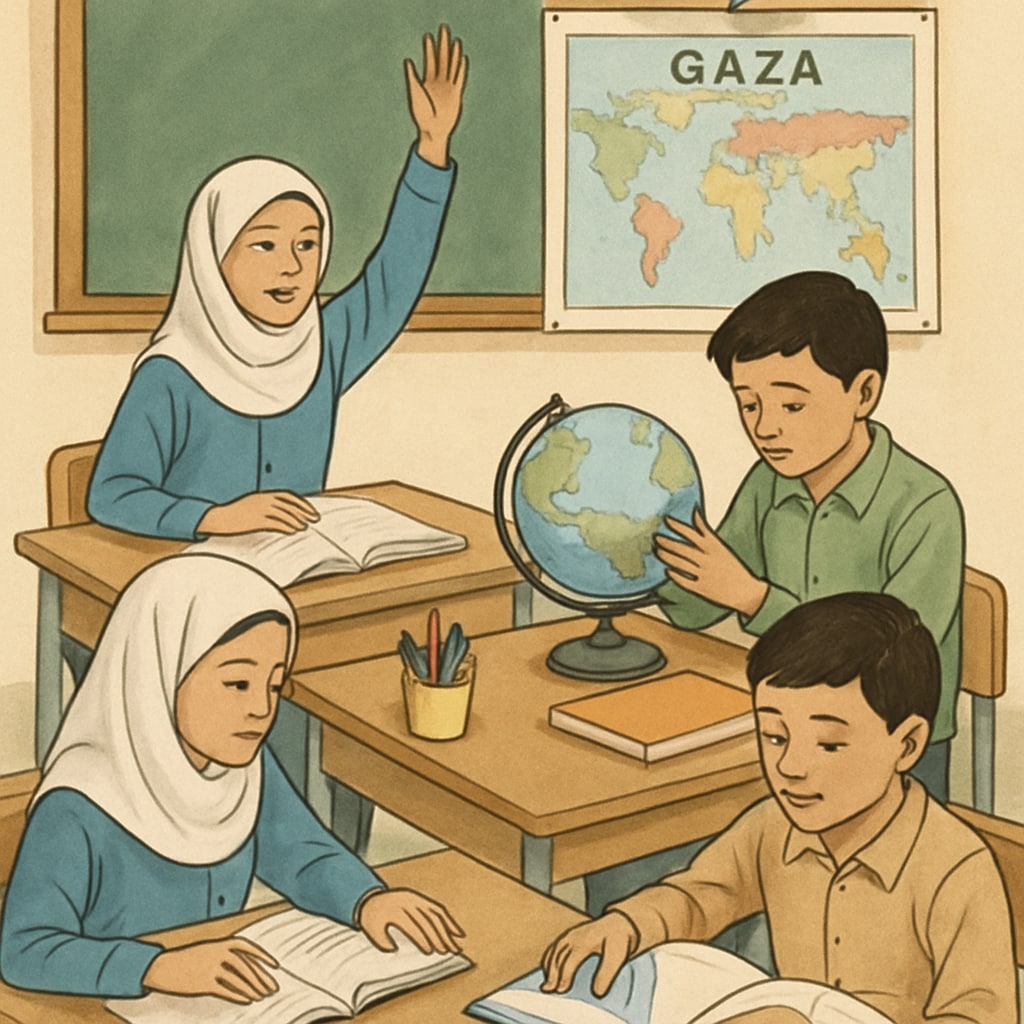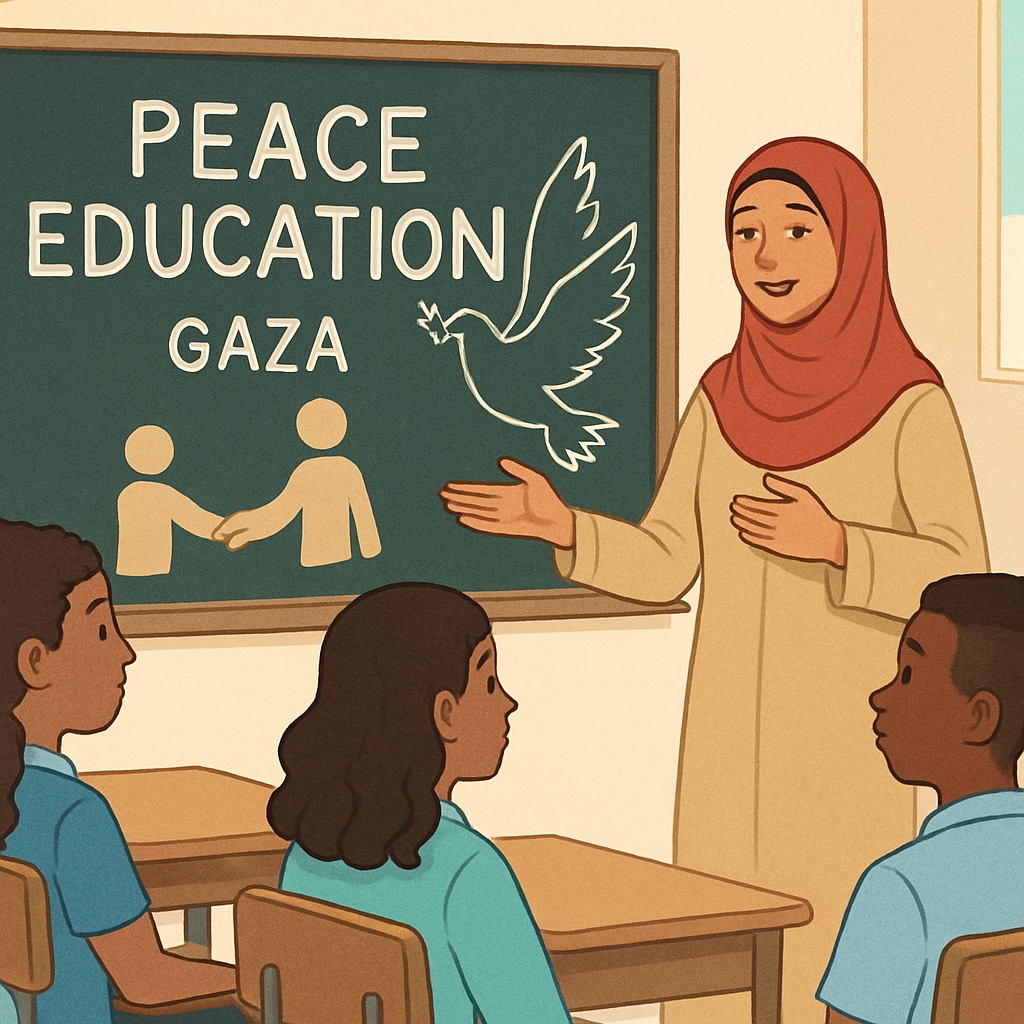Designing a teaching curriculum for new schools in Gaza is a complex challenge, especially considering the region’s ongoing conflicts and the sociopolitical dynamics of the Israeli-controlled area. Developing effective teaching plans for science and social studies, in particular, requires a delicate balance of addressing local needs, fostering peace education, and adhering to international educational standards. In this article, we explore the intricacies of rebuilding education in Gaza and the considerations necessary for creating inclusive and forward-looking curricula.
Addressing Multicultural Perspectives in Curriculum Development
Gaza is home to a diverse population with varying cultural, religious, and historical backgrounds. As a result, any curriculum must be sensitive to these differences to promote understanding and unity among students. For social studies, this means incorporating narratives that reflect the diverse experiences and perspectives of the community.
For example, history lessons can include both local and global events to provide students with a well-rounded understanding of their place in the world. Similarly, science curricula should emphasize universal principles while also highlighting local environmental and health issues, such as water scarcity and sustainable agriculture, which are particularly relevant to the region.

Integrating Peace Education into Teaching Plans
Given the ongoing tensions in the region, peace education is a crucial element of any curriculum in Gaza. Science and social studies courses provide unique opportunities to instill values of cooperation, critical thinking, and conflict resolution.
For instance, group projects in science can encourage teamwork and problem-solving, while social studies discussions can focus on historical conflicts and strategies for peaceful coexistence. By fostering these skills, schools can empower students to become agents of change in their communities.

Balancing Local Needs with International Standards
While it is essential to address the specific needs of Gaza’s students, curricula must also align with international educational standards to ensure that students are prepared for higher education and global opportunities. This involves integrating globally recognized benchmarks in subjects like mathematics, science, and critical thinking, alongside locally relevant content.
One approach is to adopt frameworks from organizations like UNESCO, which promote inclusive and equitable education. These frameworks can serve as a guide while allowing room for customization to fit Gaza’s unique context.
Practical Steps for Curriculum Implementation
To effectively implement a new curriculum, schools need adequate resources, teacher training, and community support. Key steps include:
- Providing professional development for teachers to ensure they are equipped to deliver the new material effectively.
- Engaging with parents and community leaders to build trust and support for the curriculum.
- Securing funding for educational resources, such as textbooks and laboratory equipment.
By addressing these logistical challenges, schools can create an environment conducive to learning and growth.
Rebuilding education in Gaza is no small task, but with careful planning and collaboration, it is possible to create a curriculum that meets the needs of students while promoting peace and progress. By focusing on multiculturalism, peace education, and international standards, educators can help shape a brighter future for Gaza’s youth.
Readability guidance: Short paragraphs and lists are used to enhance readability. The article maintains a balance between academic content and accessible language, ensuring clarity for a broad audience.


